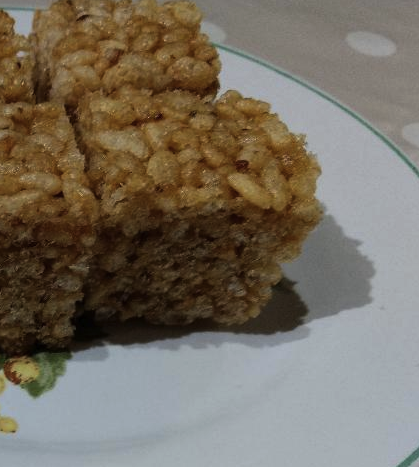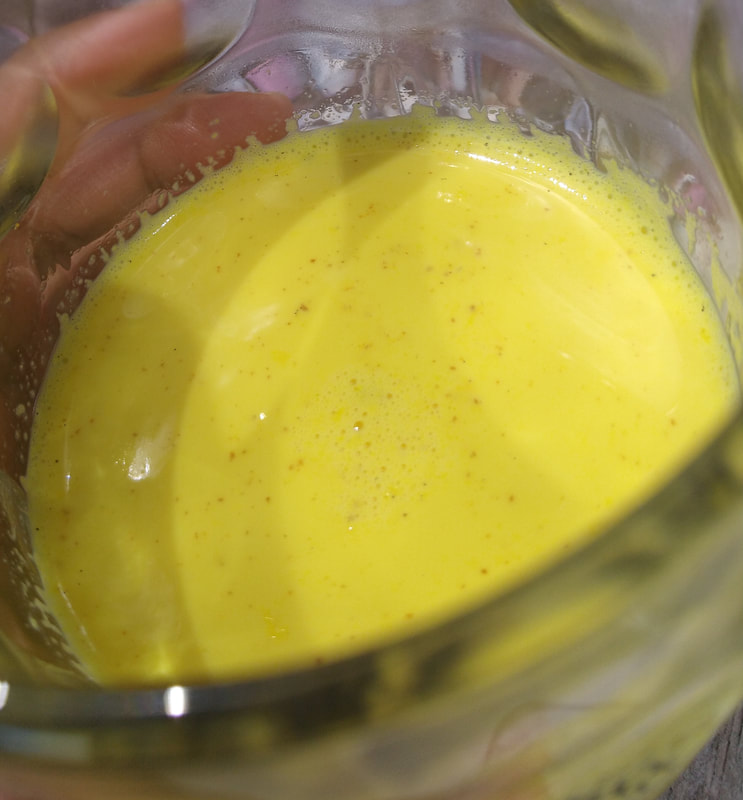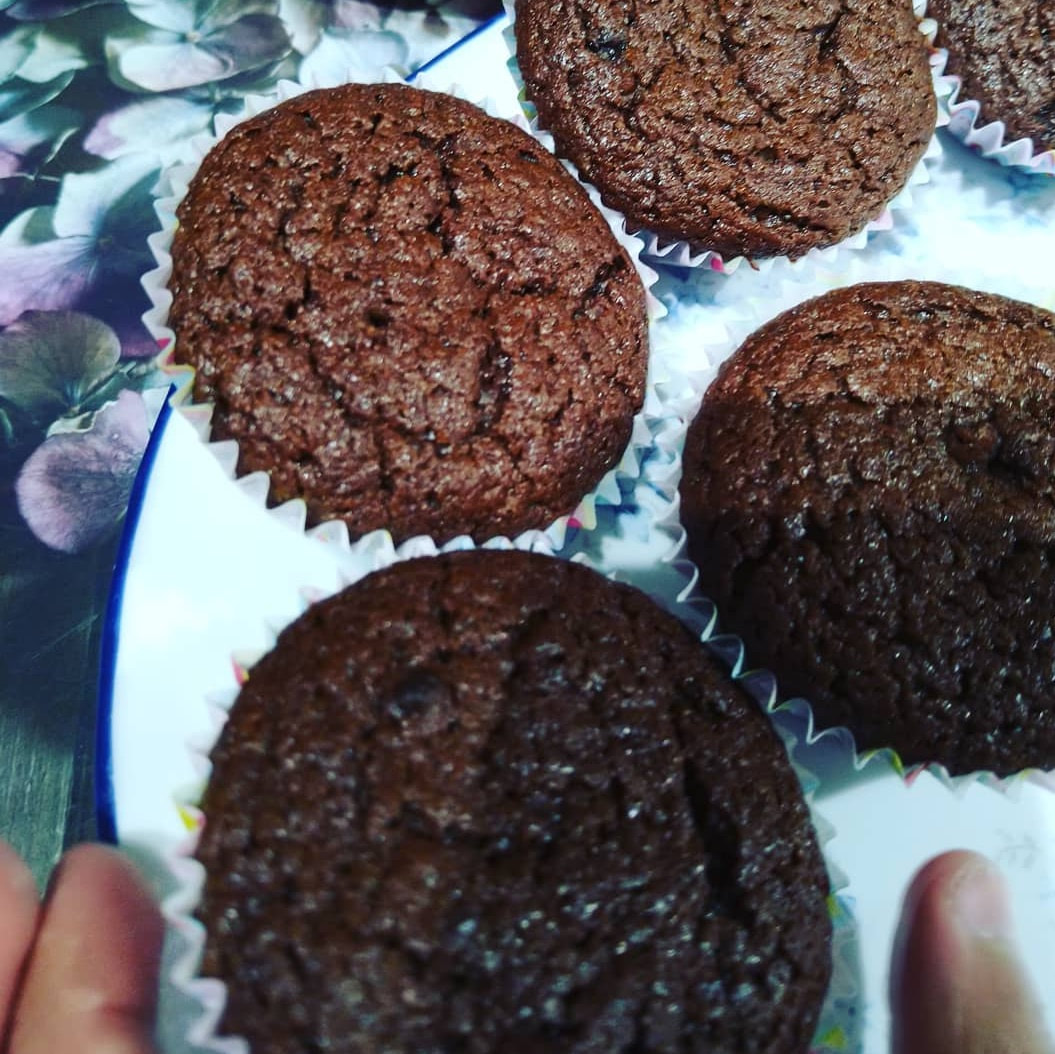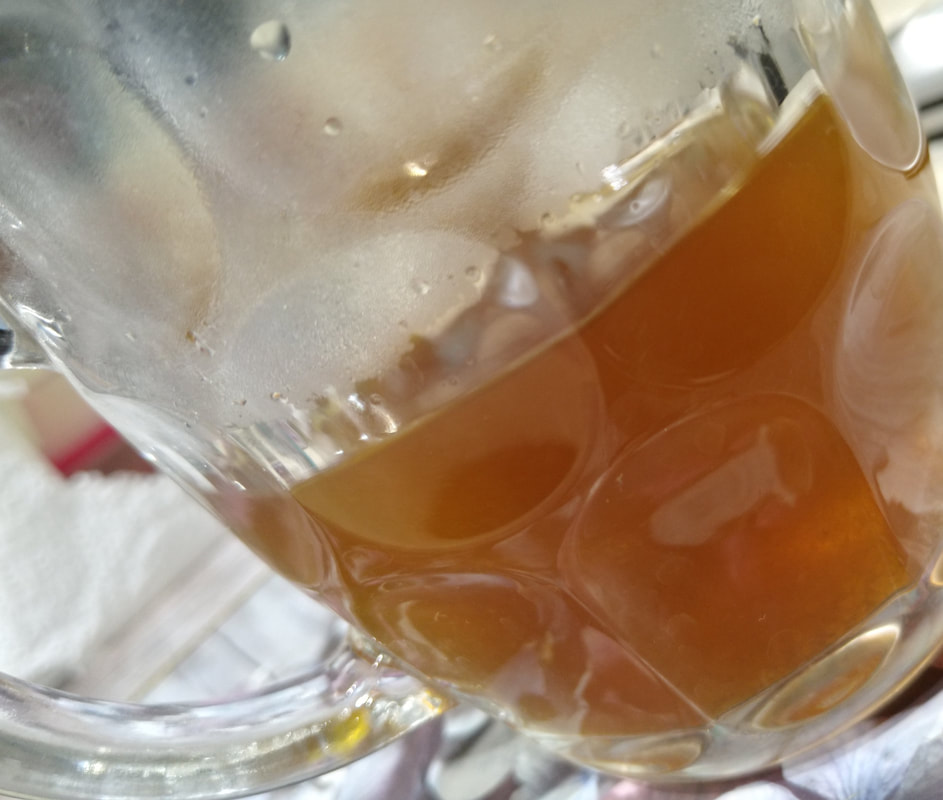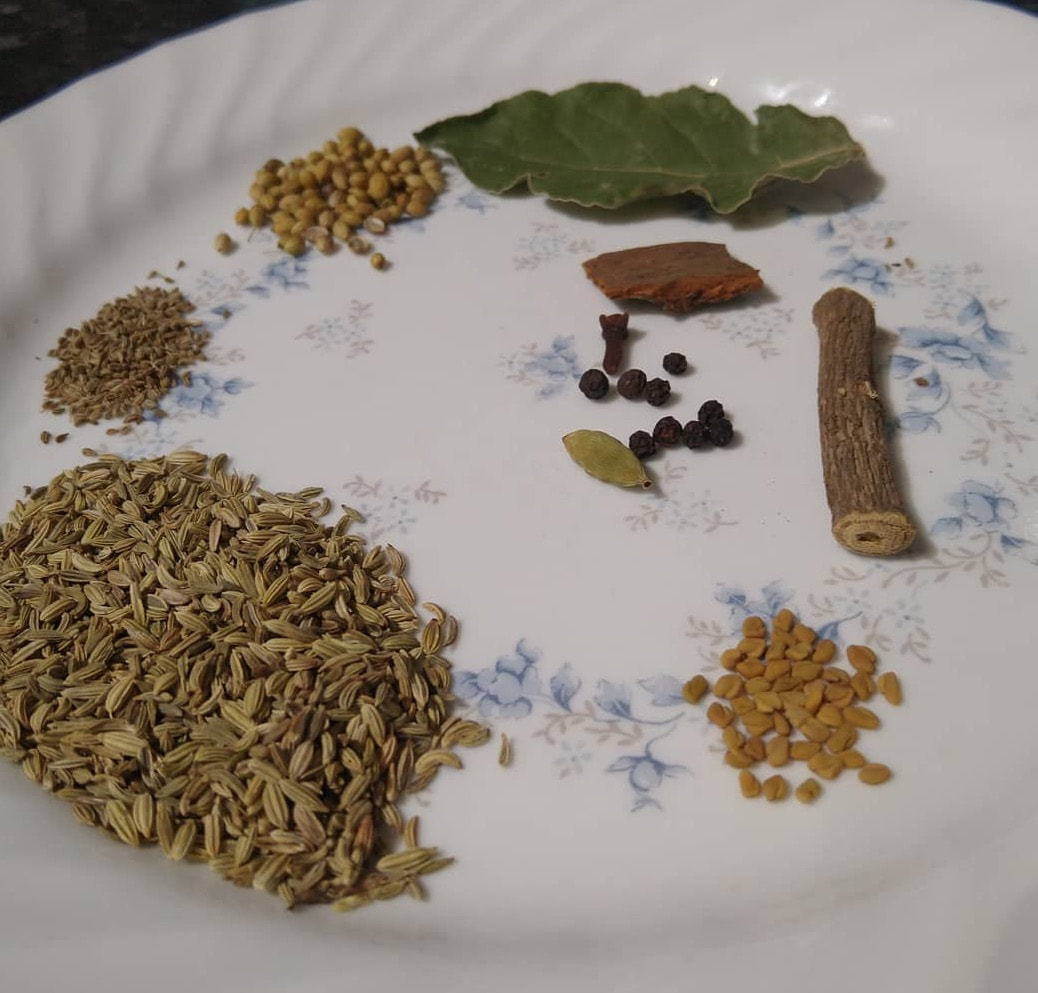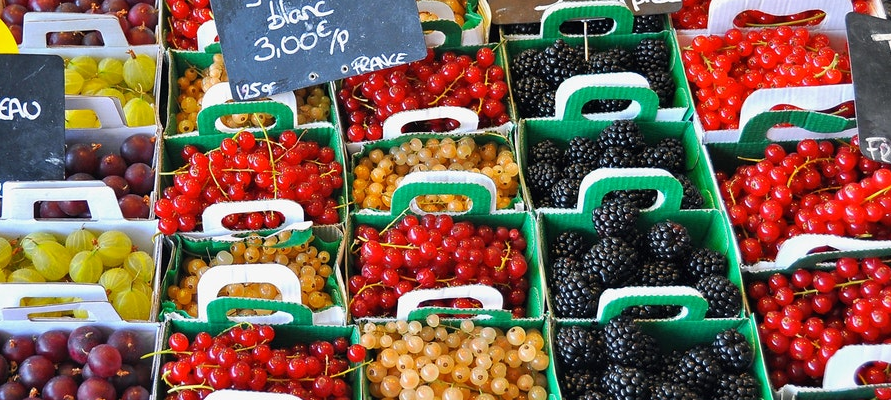|
This Recipe I picked up from when I was in Saudi, I do not know to whom to give the credit to, so whoever created this "thank you!!" It is dead easy and delicious!
INGREDIENTS: 120 grms "Rice crispys" 100 grms butter 100 grms sugar 100 grms date paste METHOD: -In a wide and high sided heavy bottom pot on a medium heat, heat up the butter sugar and date paste until it is all melted and starts to just bubble -Remove from heat and working quickly mix in the "rice crispys" evenly. -In a medium heat proof glass rectangle dish, spoon out the mix -Still working quickly, using a flat melamine style turner, press down the mix to a smooth compact even layer, so that the layer is about the thickness you want your finished squares to be (roughly between an inch to and inch and half) -leave to cool for 40-45 minutes -using a butter knife cut into "squares" of your desired size but do not remove from the dish yet. -cover the dish with cling film and leave to fully cool at room temperature. ( about 1 1/2 -2 hours more) -now they should be set enough to remove from the dish for serving, store in an air tight container. VARIATION: one can add melted cooking chocolate on top either drizzled or in a thin smooth layer (apply the chocolate after cutting). TOP TIP: Pressing into a compact layer is the most vital part and needs to be done so that it is as compact as can be, otherwise the square will not hold and fall apart. MY WEIGHING CHEATS: As you know I am always trying to get out of actually weighing ingredients, so for this recipe what I do is, buy 500grms butter 500grms date paste, 700grm pack of rice krispies and a 1kg pack of sugar, I use the whole of the butter, the whole of the dates and half the pack of sugar (just by eye balling it) and I estimate 6/7ths of the rice krispies pack (this ratio yields enough to make three big 8-10 serving size dishes worth of mix). Easy made easier!
0 Comments
AUTHOR: |
MY RECIPE BOXMy heritage spans from the flavours of Bihar to the cuisine of the Arabias, the colourful food of Bengal to the delicacies of Pakistan. SEARCH BY TYPE:Categories
All
Archives
April 2023
|
